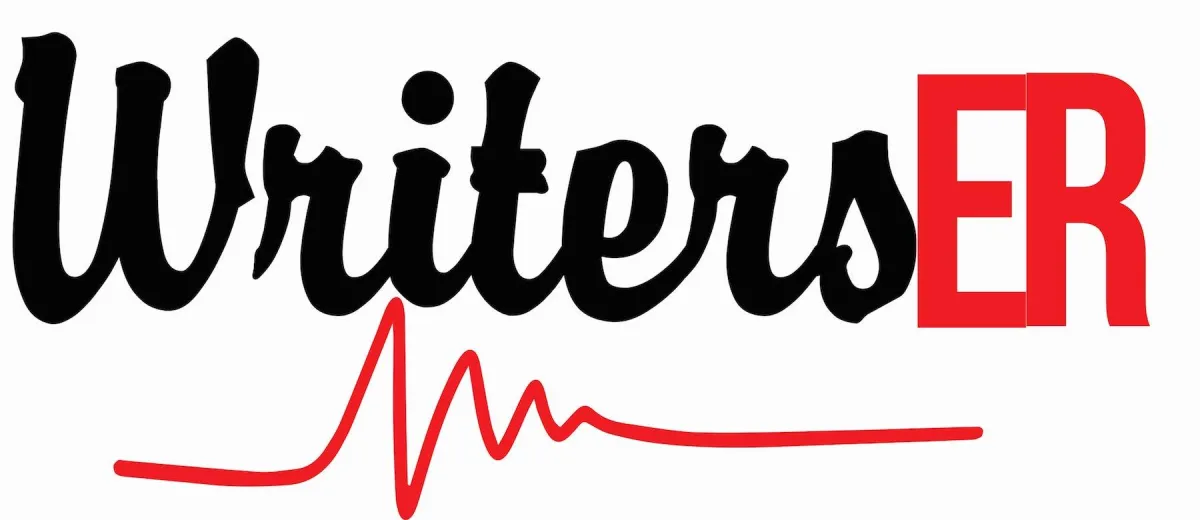BLOGS

Architecting Ideas: Structuring Your Literature Review for Clarity and Cohesion
Architecting Ideas: Structuring Your Literature Review for Clarity and Cohesion
Introduction
Beginning the journey of structuring a literature review can often feel like navigating through a dense forest without a map. The path to clarity and cohesion in your literature review is fraught with challenges, from identifying the right sources to weaving them together in a narrative that supports your research. Yet, the importance of a well-structured literature review cannot be overstated; it is the foundation upon which your research stands, offering critical insights and framing the context of your study. In this comprehensive guide, we unlock the secrets to architecting your ideas effectively, ensuring that your literature review not only meets academic standards but shines as a beacon of clarity and insight in your field.

Why Read This Post?
In a sea of academic responsibilities, crafting a literature review that stands out requires not just hard work, but strategic work. This post promises to equip you with the methodologies and tools needed to structure your literature review for maximum impact. From optimizing your workflow to engaging with sources critically, we cover it all. Whether you're a seasoned researcher or embarking on your first academic endeavor, this guide is your compass to navigating the complexities of literature review writing.
Structuring Your Literature Review: A Blueprint for Success
Identifying Your Sources: The Cornerstone of Your Review
The foundation of a compelling literature review lies in the selection of relevant, authoritative sources. Begin by conducting comprehensive keyword research to unearth pivotal studies, journals, and texts that form the backbone of your topic. Utilize databases like Google Scholar and JSTOR, focusing on high-impact sources that offer valuable insights and perspectives. Remember, the quality of your sources directly influences the strength and credibility of your review.
Organizing Your Findings: Crafting a Coherent Narrative
Once you have gathered your sources, the challenge shifts to organizing these insights in a manner that is both logical and persuasive. Start by categorizing your findings into themes or schools of thought, using these as the building blocks of your narrative. This thematic approach not only enhances the readability of your literature review but ensures a seamless flow of ideas, facilitating a deeper understanding among your readers.
Analyzing and Synthesizing: Beyond Summary
A literature review transcends mere summarization; it demands a critical analysis and synthesis of existing research. This involves not just reporting on findings but engaging with them—identifying gaps, drawing connections, and posing new questions. Through meticulous analysis, you contribute to the ongoing academic conversation, offering fresh perspectives that pave the way for future research. For deeper insights into analyzing scholarly works effectively, consider listening to the podcast "Critical Review: Sifting Through Scholarly Works," which offers valuable strategies for critically engaging with your sources and enhancing your literature review's depth.
The Art of Citation: Navigating the Landscape of References
Proper citation is the linchpin of academic integrity, enabling readers to trace the lineage of ideas and ensuring that original authors receive due credit. Familiarize yourself with the preferred citation style of your discipline, be it APA, MLA, or Chicago, and apply it consistently throughout your review. Additionally, consider using citation management tools like Zotero or EndNote to streamline your referencing process, ensuring accuracy and efficiency.

The Final Draft: Refining for Clarity and Cohesion
Revising with Precision: Enhancing Flow and Consistency
The journey from first draft to final submission is marked by rigorous revision. This stage is critical for refining your arguments, ensuring logical progression, and eliminating any ambiguities. Seek feedback from peers or mentors, using their insights to strengthen your narrative. Remember, a literature review is not just a collection of ideas but a cohesive argument that builds towards a compelling conclusion. For a comprehensive guide on structuring and analyzing literature reviews, the article "Innovative Literature Review: 5 Key Strategies for Effective Structure and Analysis" is an invaluable resource that can further enhance your understanding and application of effective literature review strategies.
The Role of Visuals: Enhancing Understanding through Figures and Tables
Incorporating visual elements such as charts, graphs, and tables can greatly enhance the comprehensibility and impact of your literature review. Visuals serve as powerful tools for summarizing complex data, illustrating trends, and supporting your arguments. Ensure that each visual is clearly labeled and referenced in the text, adding depth and dimension to your review.
Crafting a Captivating Conclusion: Tying It All Together
Your conclusion is your final opportunity to emphasize the significance of your findings and their implications for future research. Summarize key insights, reflect on the research gaps identified, and suggest avenues for further investigation. A strong conclusion not only reinforces your arguments but leaves a lasting impression on your readers, underscoring the value of your contribution to the field.
Conclusion
Architecting a literature review requires meticulous planning, critical analysis, and a keen eye for detail. From selecting high-quality sources to weaving them into a coherent narrative, each step is crucial in building a foundation that supports your research. By following the strategies outlined in this guide, you can craft a literature review that is not just a collection of references, but a pivotal piece of academic writing that shines with clarity and cohesion.
Remember, the goal of your literature review is not only to showcase the existing body of work but to provide a clear path for your research. By critically analyzing and synthesizing your sources, you contribute to the ongoing academic dialogue, offering new insights and framing your study within the broader context of your field.
Additionally, here's a related YouTube video on Crafting a Compelling Literature Review. It could provide you a multi-faceted understanding of the topic.
FAQs
What is the purpose of a literature review in academic research?
A literature review serves multiple purposes in academic research. It provides a comprehensive overview of existing knowledge on a topic, identifies gaps in the literature, and demonstrates how the current research contributes to or diverges from established studies. It also helps in refining the research question and situating the study within the broader scholarly dialogue.
How do I select sources for my literature review?
Select sources that are relevant, credible, and current. Begin with academic databases and journals in your field, using specific keywords related to your research topic. Prioritize peer-reviewed articles, books, and reputable publications. Consider the impact of the sources on your area of study and ensure they contribute meaningfully to your research question.
What's the best way to organize my literature review?
Organize your literature review around key themes, theories, or chronological developments relevant to your research topic. This thematic approach helps create a coherent narrative that guides the reader through the literature. Ensure each section logically transitions to the next, highlighting connections and distinctions between studies.
How can I make my literature review more engaging for readers?
To make your literature review engaging, integrate critical analysis, synthesize findings to show patterns or contradictions in the literature, and discuss the implications of these findings. Use a clear, accessible language and vary your sentence structure. Incorporating visuals like charts or tables can also help illustrate key points more effectively.
Can you suggest any tools to help with writing and organizing my literature review?
Yes, several tools can aid in writing and organizing your literature review. Citation management software like Zotero, Mendeley, or EndNote can help you keep track of sources and format citations. Additionally, outlining tools or mind mapping software like XMind or Lucidchart can assist in structuring your review and visualizing the connections between your sources.
Ready to elevate your academic writing and achieve your research goals? Schedule your admission interview with WritersER today, and let us guide you towards academic success in six months or less. Your journey to a compelling literature review and beyond starts here. Click here to get started!
